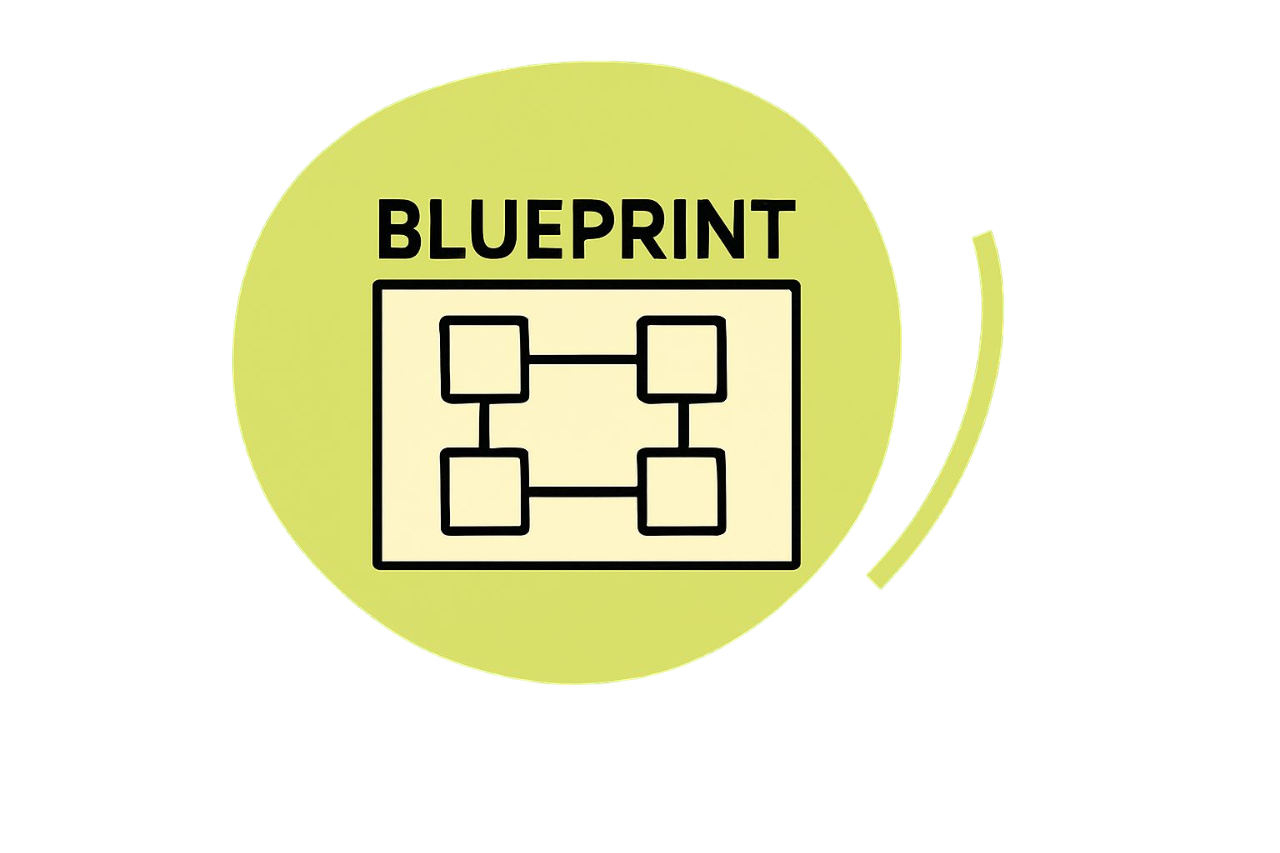2.8 Conclusion: The Blockchain Blueprint


This module has provided a structured exploration of how blockchain technology works, from its foundational elements to its practical implications.
We began by examining the core components of blockchain systems—blocks, cryptographic hashes, consensus mechanisms, and distributed networks. Together, these elements form a secure, decentralized ledger capable of maintaining data integrity without centralized control.
We then explored blockchain’s critical role in cryptocurrencies, where it enables transparent, verifiable, and immutable transactions. Alongside these benefits, we addressed key challenges, including scalability, energy efficiency, regulatory considerations, and the complexities of implementation.
To connect theory with practice, we looked at real-world analogies and applications, illustrating how blockchain is being used across various sectors—from finance and supply chain to identity management and beyond.
With these insights, you now have a comprehensive understanding of blockchain as both a technical system and a transformative model for digital trust and coordination.
While the technology continues to evolve, the foundational principles covered here will help you navigate ongoing developments and critically engage with blockchain innovations in a meaningful way.
The following list provides key terms and their definitions to serve as a helpful reference for your ongoing study and application of blockchain concepts:
In the next module, we will dive into Bitcoin, the original cryptocurrency built on blockchain. We will explore how Bitcoin applies all the concepts above to create a new form of digital money. Key topics will include: the history and design of Bitcoin by Satoshi Nakamoto, how Bitcoin transactions and addresses work, the role of wallets and cryptographic keys, and how Bitcoin’s network enforces the rules we have seen (like Proof of Work) to secure the currency. By understanding blockchain in this module, you’ll be well-prepared to see how Bitcoin revolutionized money without banks. Together we’ll demystify Bitcoin and see why it became the first real-world test of blockchain’s power.

